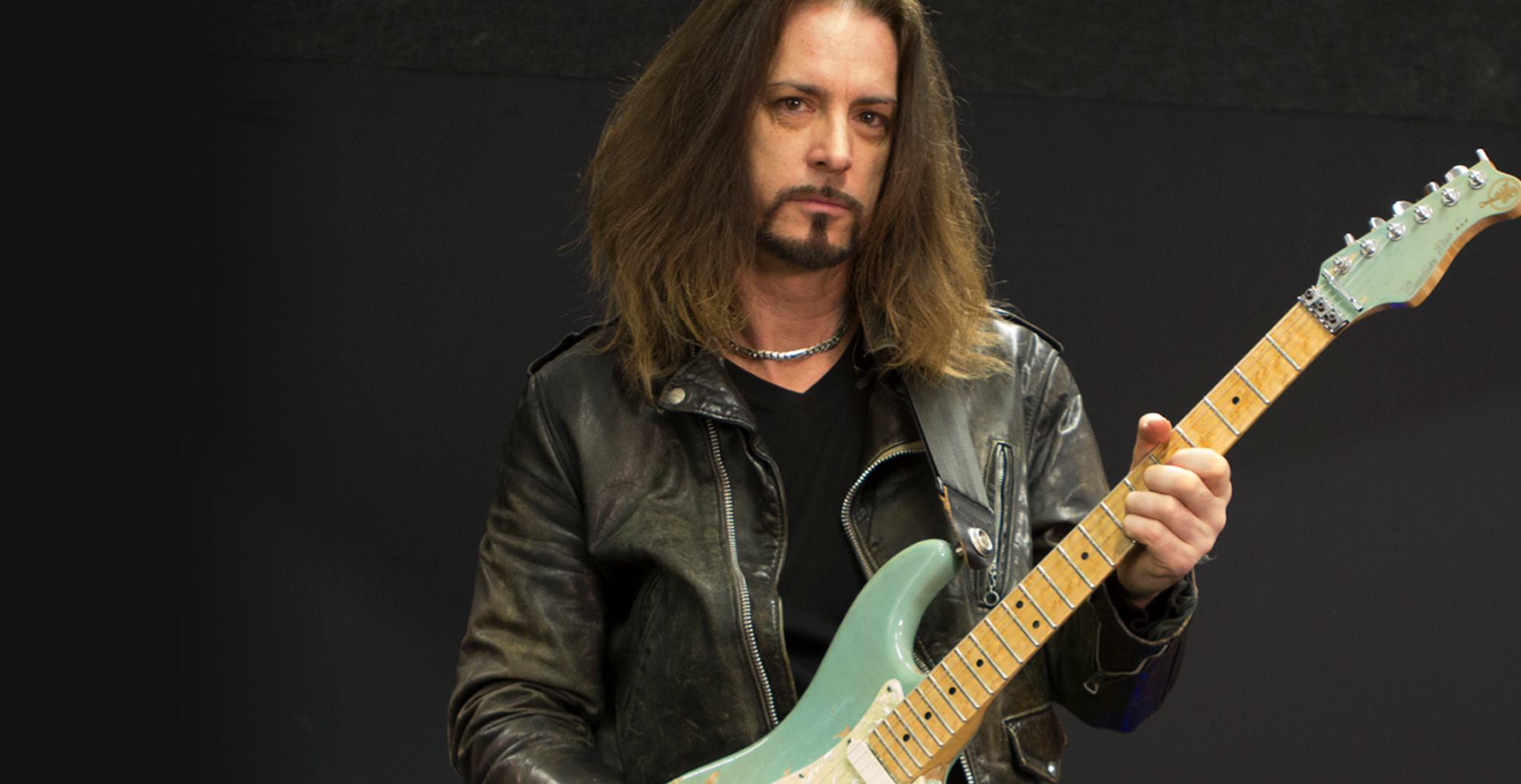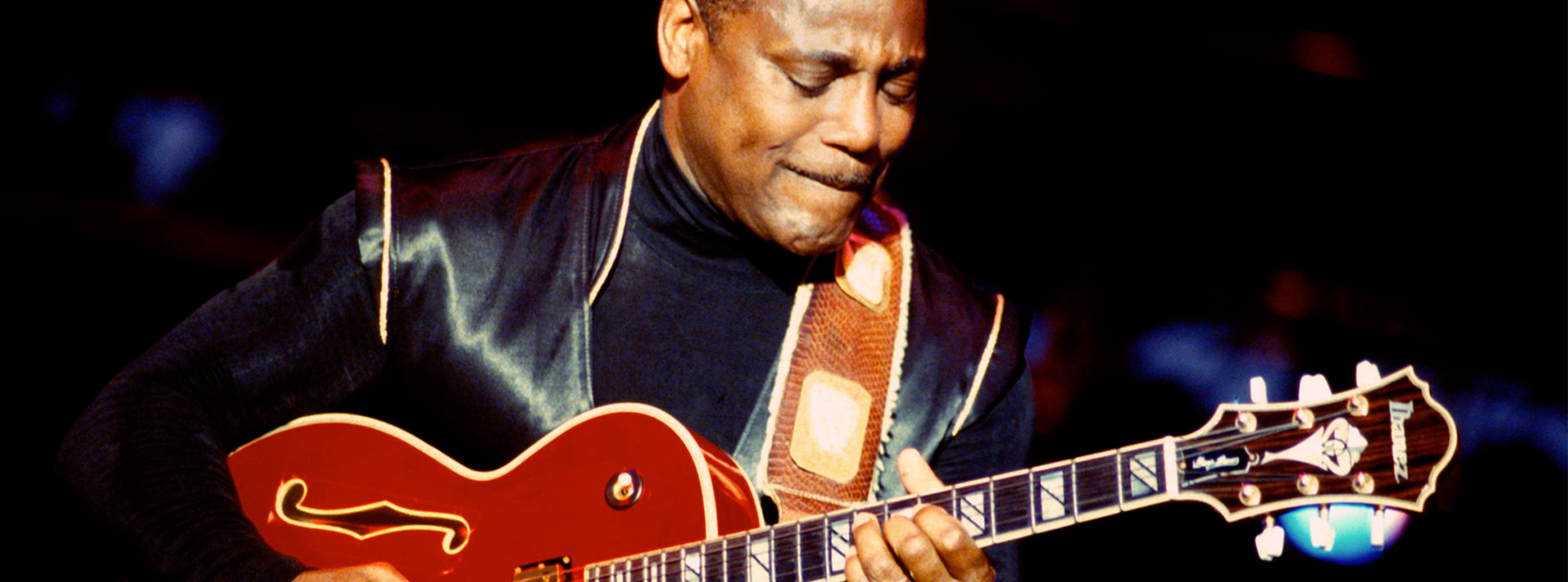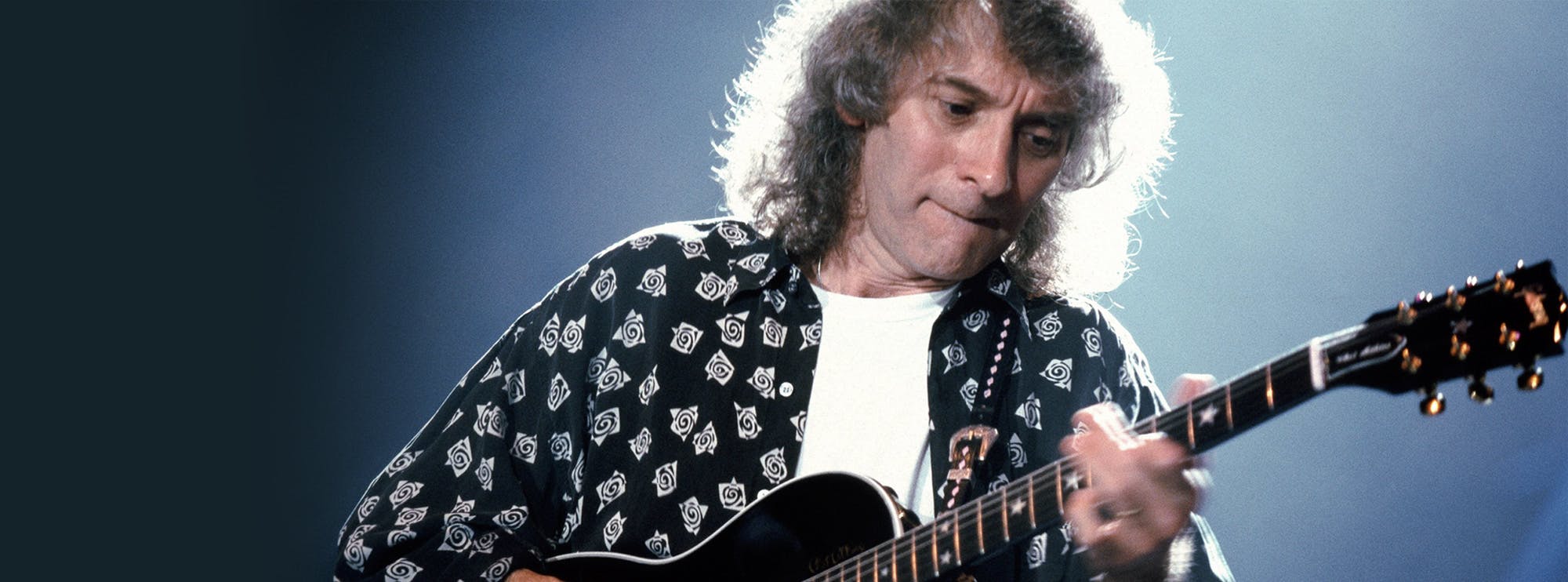White Riot by The Clash - Note-for-Note Guitar Lesson
Our LickLibrary.com lesson on White Riot by The Clash lets you dive into one of punk rock’s most iconic tracks with a focus on the essential techniques used in the song’s solo. This lesson dissects the key elements that drive the song’s energy and edge, including power chords, barre chords, string bending, and double stops. Each of these techniques plays a vital role in capturing the raw, rebellious sound that defined The Clash, and learning these techniques will elevate your own playing by adding power, depth, and versatility. This lesson is taught by Michael Casswell.
Technique Breakdown
Power Chords
Power chords are a fundamental building block in White Riot, delivering the punch and impact that drive the song’s intensity. Power chords consist of only the root note and the fifth, producing a full, resonant sound without the complexity of major or minor chords. This simplicity is what makes power chords so effective, especially in genres like punk rock, where energy and rhythm are key. Mick Jones’s use of power chords keeps the riff straightforward but powerful, creating a driving force behind the entire track.
Learning to play power chords proficiently is essential for any guitarist looking to master rock, punk, or metal. These chords allow for fast transitions and give players the freedom to focus on rhythm and dynamics rather than complex chord shapes. Developing your power chord technique will not only strengthen your fretting hand but also improve your ability to create driving, rhythmic riffs with ease, a vital skill for any rock guitarist.
Barre Chords
Barre chords add an extra layer of versatility to White Riot, allowing for fuller-sounding chord voicings that work seamlessly with the song’s intense rhythm. Barre chords involve pressing down multiple strings with one finger, creating a movable chord shape that covers the entire fretboard. This technique enables guitarists to play a wide variety of chords without changing hand positions significantly, making it easier to keep up with fast-paced songs like White Riot.
Mastering barre chords is highly beneficial for guitarists, as it expands their chordal vocabulary and strengthens the fretting hand. Barre chords allow players to create richer harmonies while maintaining the mobility to move up and down the neck. Learning to incorporate barre chords in your playing enhances chordal depth, making your sound more dynamic and allowing for creative chord progressions across different genres.
String Bending
String bending is an expressive technique used to add flair and tension to White Riot. Bending involves pushing or pulling a string to raise its pitch, adding an element of vocal-like expression to the melody. In the solo, Jones uses string bends to emphasize key notes, adding an edge to the riff’s otherwise straightforward structure. This technique allows players to enhance their sound by drawing out specific notes, injecting intensity into fast-paced sections.
For guitarists, mastering string bending improves pitch control and finger strength, enabling them to create dynamic, expressive solos. Practicing string bending gives players the ability to hit pitches with accuracy, adding another layer of control and personality to their playing. This technique is commonly used in blues, rock, and punk, making it a valuable tool for any guitarist looking to add emotional depth to their sound.
Double Stops
Double stops bring a harmonic richness to White Riot, allowing Jones to add more dimension to the solo by playing two notes simultaneously. This technique is achieved by pressing down two strings at once, creating a thicker sound that enhances melodic lines. In the solo, double stops contribute to the song’s rebellious feel, delivering a full, raw sound that adds impact to each note. This technique is particularly effective for filling out sound and adding a sense of movement to lead lines.
For guitarists, double stops are a versatile tool for expanding their soloing style. They allow players to harmonize within a single melody, making lead sections sound fuller and more dynamic. Practicing double stops can improve finger strength and dexterity, giving players more control over both melody and harmony. By incorporating double stops into your playing, you can create layered, intricate solos that stand out.
About The Clash and Their Influence
The Clash, known as one of the most influential bands in punk rock, fused political awareness with musical innovation, carving a path that would inspire countless bands. The group’s guitarist, Mick Jones, was instrumental in crafting a unique guitar style that combined raw aggression with inventive technique. White Riot became an anthem of rebellion, and its fast-paced riff and high-energy solo are a testament to Jones’s guitar approach that emphasized directness and simplicity without sacrificing quality or impact. By studying this song, guitarists gain insights into both punk rock’s essentials and the skillful musicality The Clash brought to the genre.
Guitar Techniques in White Riot by The Clash
The following techniques are essential to capturing the essence of White Riot and will add valuable skills to any guitarist’s toolkit, allowing them to blend intensity with musical precision in their playing:
Our White Riot guitar lesson at LickLibrary.com provides a step-by-step guide to mastering these techniques, enabling you to capture the raw energy and attitude that make The Clash so timeless. Whether you’re exploring the punk rock genre or simply looking to add dynamic power to your playing, this lesson on White Riot will equip you with the skills to play with energy and precision.

About The Tutor
Tutor Profile
Michael Casswell
It is with great sadness that we post the news of Michael Casswell's tragic death in a swimming accident while on holiday in Spain. All of us at Licklibrary are shocked and saddened by MIke's passing, and our deepest sympathies go out to his family at this difficult time. Michael...




